What is Conversational AI?
Conversational AI is a set of technologies that enable computers to understand, process, and respond to voice or text inputs in natural ways, and is typically used in conjunction with bots or intelligent virtual agents (IVAs). Done well, it helps people interact with complex systems in faster and easier ways, and helps businesses deliver personalized engagements and support at scale.

Why Conversational AI?
Devices are getting smaller, and menus, systems, and apps are growing increasingly complex. As a result, people often don’t know how to find or use feature X or feature Y, but they know what they want to do, and they know how to chat and text. By replacing traditional UIs with human-like dialogs, companies can make customer experiences simpler and more intuitive, and make employee workflows faster and more efficient.
Recent advances in language technologies have also made possible more complex methods of linguistic decision making beyond linear scripts and crude yes/no trees. Because of this, bots and IVAs have matured into solutions that enterprises across many industries are taking seriously.
How Does Conversational AI Work?
Conversational AI makes use of a combination of natural language processing (NLP), machine learning (ML), speech recognition, natural language understanding (NLU), and other language technologies to process and contextualize the spoken or written word as well as figure out the best way to handle and respond to a user input.
Natural Language Processing
Conversational AI works by breaking sentences down to their root level, by handling the many quirks of human language, and by acknowledging that there is information or a command to be parsed. The process by which a computer can understand human language is known as NLP. It does so by pulling out intents and entities, by looking for statistically significant patterns that it has been trained to identify, and by considering factors such as synonyms, canonical word forms, grammar, slang, and more.
Intent refers to what the user is trying to accomplish. This can be a single verb and noun combination, or a complex series of patterns that cover a large number of possibilities in a single phrase.
The system’s goal then is known as intent recognition, or matching a user’s goal to a predefined task or question. For example, the intent of the user here is to search for a specific product.

Conversational Intelligence
Human language consists of many complex rules and nuances, including multiple word meanings, interruptions, slang, clarifications, and more – all of which can fundamentally change the meaning and importance of a user utterance. To account for this, conversational AI provides a number of capabilities that allow you to go beyond predefined and linear resolution paths:
- Dialog turn management – Conversations often consist of many twists and turns. Conversational AI allows developers to create complex, fluid, and dynamic dialogs. Examples include pausing, starting, and resuming tasks, processing multiple intents in a single utterance, and amending entities at any point in a conversation.
- Context management – Conversations between people can differ greatly based on relationship and past knowledge. Conversational AI allows bots to remember key details from past dialogs, user information, preferences, and more, so you can personalize your bot’s message and sales pitch and apply rules and standards whenever needed.
- Sentiment analysis – Emotion and tone can significantly change a word’s meaning. Conversational AI allows bots to identify key triggers, including connotation and word placement, that signal the type and intensity of an emotion. This can be used to assess user inputs, trigger custom flows, bring in human agents, and steer conversations.
- Multilingual support – Modern business is global. Conversational AI supports nearly every major language, allowing you to more easily expand into new markets and serve more customers. It means you can work with the language of your choice when defining intents, entities, training data, and more.











